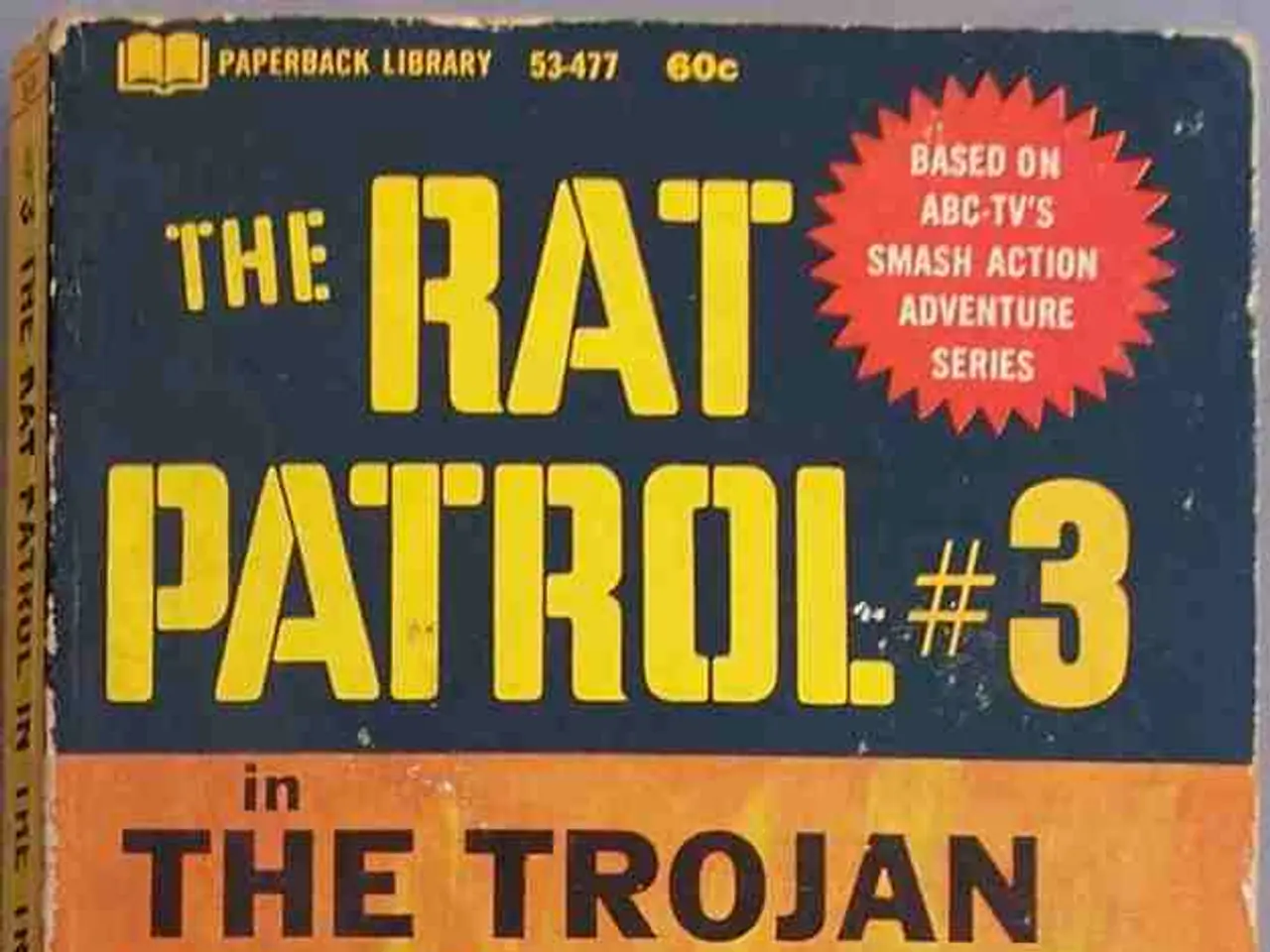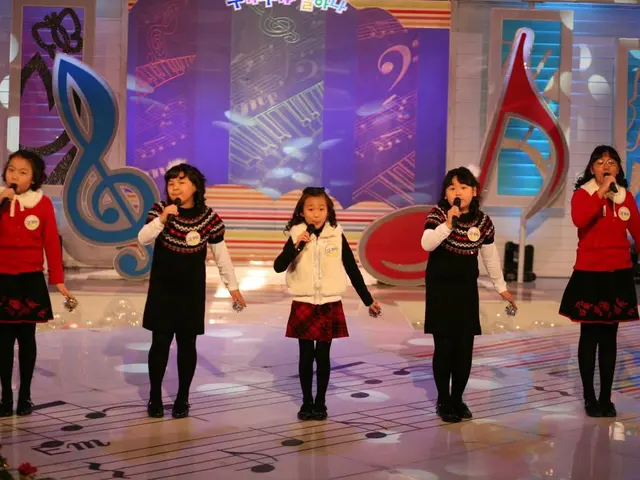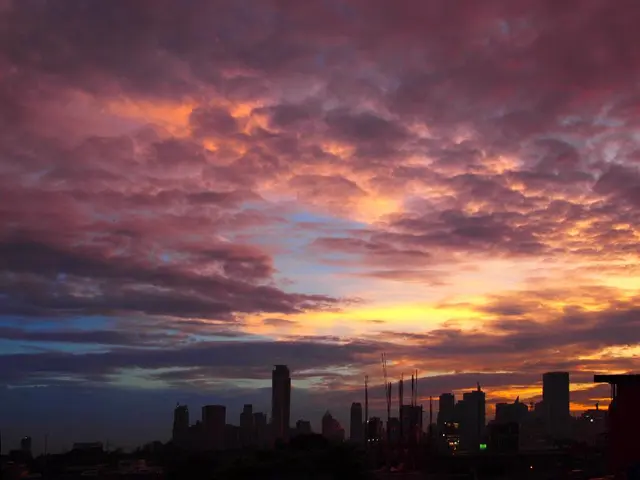Rebuilding Efforts in South Lebanon via Resilient Ecologies
Resistant Ecologies in Southern Lebanon: Survival and Adaptation Amid War
In the troubled landscape of southern Lebanon, a unique resilience has emerged, blending ecological and cultural systems that persist despite recurring conflicts, Israeli aggression, and environmental degradation. These resistant ecologies embody not just biodiversity but also local knowledge, traditions, and community resilience, serving as a critical aspect of survival and resistance in the region.
The region's history is deeply intertwined with conflict, particularly Israeli military incursions and occupations since the late 20th century. Repeated violence, destruction, and environmental disruptions have stemmed from warfare and political instability, including Israeli operations aimed at Hezbollah and allied movements.
The biodiversity in South Lebanon is extensive and deeply rooted in local culture. Native species, ecosystems, and the knowledge associated with them are inseparable from the community's practices, oral traditions, and healing methods. This relationship conveys that resistance in the region is not only political or military but also ecological and cultural.
Armed conflicts have devastated landscapes and biodiversity through burning, poisoning, and habitat destruction. However, the concept of "resistant ecologies" highlights the endurance and adaptive strategies of both the natural environment and human communities in South Lebanon. This persistence provides a counter-narrative to the common framing of war damage as mere collateral loss.
Tobacco farming is a key resistant ecology in southern Lebanon, providing a lifeline for many families throughout years of occupation and war. During the 2006 July War, local ecologies adapted and formed multi-species alliances to protect lives and livelihoods. Goats, for instance, have become vital to survival during periods of war due to their ability to graze on almost anything and navigate explosive fields.
The unyielding connection to the land in south Lebanon can become an act of defiance amid the ruins of war. Fatima, a farmer and weaver of tobacco, refused to abandon her land despite her village turning to rubble in 2006. Women play a crucial role in tobacco farming and other agricultural practices, tending to the crops, home, and children.
The ongoing struggle has geopolitical implications, where ecological persistence symbolizes a form of resistance against imperial and colonial pressures. Iran’s role in fostering resistance through groups like Hezbollah situates South Lebanon as part of a broader "Axis of Resistance" against Israeli and Western influence.
Researchers and artists emphasize the need to recognize and visualize the biodiversity and ecological wealth of South Lebanon as a means to restore its visibility beyond traditional war metrics of human and material loss. This helps frame ecological resistance as a form of survival and political assertion.
However, the violence has left at least 4,000 people dead and over 14,000 injured. Israel's bombardment of Gaza has displaced countless families in Lebanon, including Bou Sahel's, who have been forced to move and are currently residing at Khayyat's family home. Hezbollah responded with a number of projectiles, which the group said served as a warning to Israel's truce violation. The constant waves of war have dictated every aspect of life and livelihood in south Lebanon.
Despite these challenges, the resilience of the people and the land in southern Lebanon continues to shine through, embodying the spirit of resistant ecologies. Munira Khayyat, an anthropologist, writer, and author of "A Landscape of War," offers an account of war as experienced by those living through it rather than those waging it, providing a powerful testament to the enduring spirit of southern Lebanon.
- The resilience of the people and the land in southern Lebanon, often referred to as resistant ecologies, embody not just biodiversity but also local knowledge, traditions, and community resilience, serving as a critical aspect of survival and resistance in the region.
- The ongoing struggle in South Lebanon, marked by war and political instability, has geopolitical implications, where ecological persistence serves as a form of resistance against imperial and colonial pressures.
- Researchers and artists emphasize the need to recognize and visualize the biodiversity and ecological wealth of South Lebanon as a means to restore its visibility beyond general-news headlines focused on the human and material losses from war.
- The biodiversity in South Lebanon is extensive and deeply rooted in local culture, with native species, ecosystems, and associated knowledge inseparable from the community's practices, oral traditions, and healing methods, making it part of the region's art and identity.
- In the turbulent landscape of southern Lebanon, armed conflicts have devastated landscapes and biodiversity through burning, poisoning, and habitat destruction, but the concept of "resistant ecologies" highlights the endurance and adaptive strategies of both the natural environment and human communities in South Lebanon.






